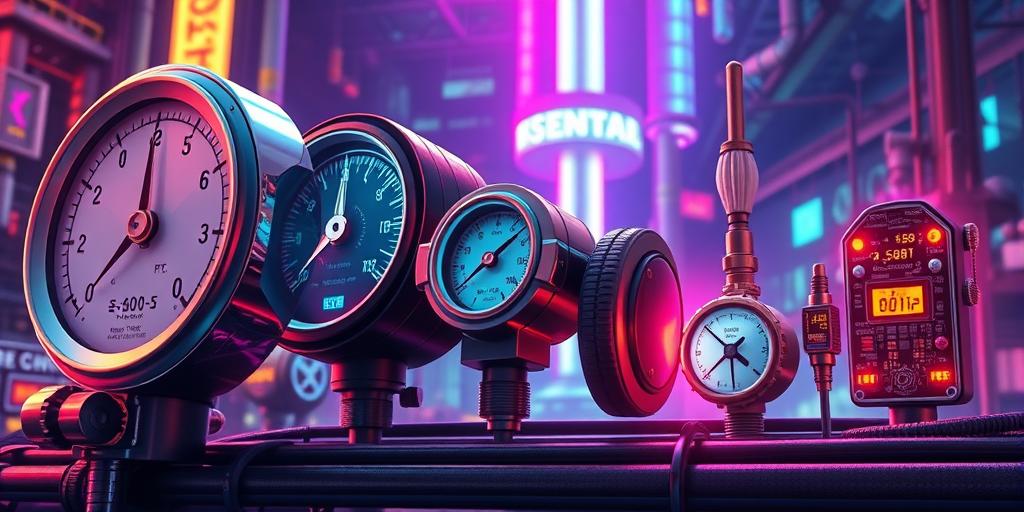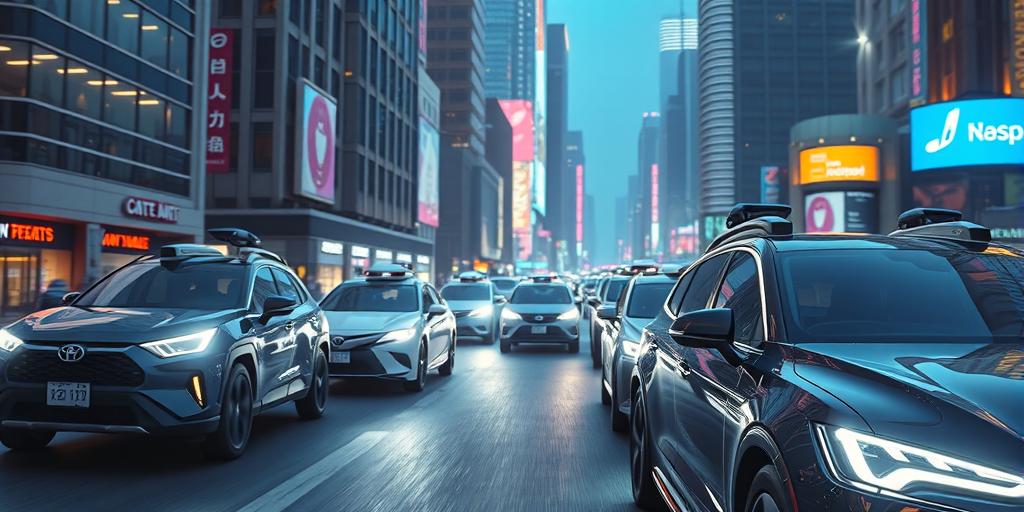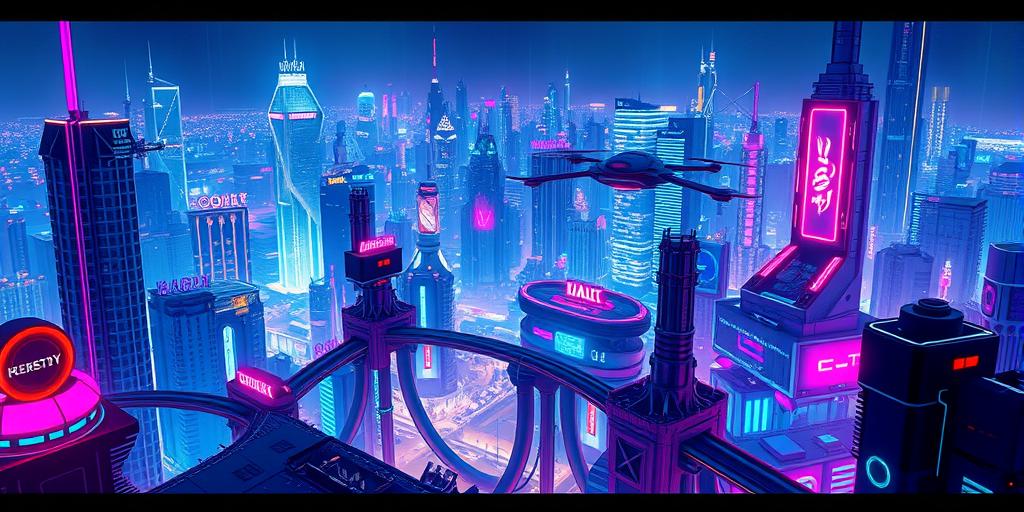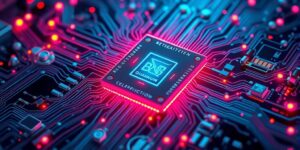Looking Back at the Humble Beginnings of IoT Sensors
Did you know that the seemingly ubiquitous Internet of Things (IoT) sensors we use today have rather humble beginnings? Their journey is a testament to innovation and miniaturization, shaping our world in ways we might not even realize. From the early days of basic temperature readings to the sophisticated sensors enabling smart homes and cities, let’s explore this captivating evolution and unravel the mysteries of their impact on our lives. Prepare to be amazed as we delve into the astonishing history and surprising future of IoT sensors!
The Dawn of IoT Sensors: A Technological Genesis
Believe it or not, the earliest forms of IoT sensors can be traced back to the late 19th and early 20th centuries. These weren’t the sleek, miniature devices we see today; instead, they were large, bulky contraptions. Think massive thermometers and pressure gauges, far removed from the small, low-power sensors that populate our current landscape. These early pioneers served a critical purpose, providing crucial data in various industrial applications, weather forecasting, and scientific experiments. Examples include simple mechanical sensors monitoring temperature and pressure in factories or the use of rudimentary seismic sensors to detect earthquakes. These simple beginnings laid the foundation for the technological explosion that would follow.
Early Industrial Applications
One pivotal area in which IoT sensor technology made its mark was industrial process control. Industries needed ways to monitor parameters such as temperature, pressure, and flow rate to maintain efficiency and safety. Early industrial sensors, though basic, gave manufacturers rudimentary feedback. This allowed for the early automated controls, setting the stage for the more complex systems of today. Think of the automated temperature control in industrial ovens or the automated liquid level monitoring in chemical processing plants. This was a massive step toward creating more reliable and efficient industrial processes, highlighting the growing importance of real-time data in production.
The Role of Early Governments
The early adoption of IoT sensor technology wasn’t limited to private industry. Early governments started to invest in the collection and analysis of environmental data, a trend that would significantly impact the development and widespread adoption of this technology. Consider the development of early weather stations and environmental monitoring networks. These networks were instrumental in collecting vast amounts of data, improving weather forecasts and enabling better disaster management systems. The increasing demand for sophisticated data-gathering instruments spurred significant technological advancements, paving the way for a greater investment in the field.
The Rise of Microelectronics and the IoT Sensor Revolution
The real leap forward in IoT sensor technology came with the advent of microelectronics in the latter half of the 20th century. The miniaturization of electronic components enabled the creation of smaller, more efficient, and cost-effective sensors. Suddenly, sensors became practical for a broader range of applications. This was a watershed moment, transforming sensors from niche devices into commonplace components.
From Large to Small: The Power of Miniaturization
The ability to shrink sensors significantly expanded their potential uses. Smaller sensors meant greater flexibility in deployment, opening doors for applications that were previously impossible. Consider the integration of these sensors into wearable devices or medical implants. These advancements brought sensors out of the realm of large-scale industrial applications and into our everyday lives, transforming the way we interact with our environment and ourselves.
The Impact of Reduced Cost
The decrease in the cost of manufacturing sensors was equally significant. More affordable sensors spurred a wider range of applications, transforming various industries. The growth of the consumer market for IoT devices, from smart thermostats to fitness trackers, is a direct consequence of decreased manufacturing costs. This affordability is what made smart homes, wearables, and other IoT-powered applications not just a possibility, but a reality for a wide range of consumers.
Modern IoT Sensors: The Smart World We Live In
Today, IoT sensors are embedded in almost every aspect of our lives. From the smart home devices that make our lives easier to the environmental monitoring systems that safeguard our planet, these sensors are quietly revolutionizing how we interact with our surroundings. The sensors, in the background of daily life, are helping to create smarter, more efficient, and more sustainable world.
Smart Home Technology
Smart home devices rely heavily on various sensors to provide automation and convenience. Sensors monitor various factors like temperature, humidity, and movement, enabling automated control of lighting, temperature, and security systems. Imagine the ease of automated lighting adjusting to the time of day or the security system notifying you of unusual activity. These conveniences are made possible because of the sophisticated integration of numerous sensors within home devices.
Environmental Monitoring
Environmental monitoring systems employ IoT sensors to gather data about air and water quality, soil conditions, and weather patterns. These systems use this data to help us better understand and address environmental challenges such as climate change and pollution. The collected data is used to help create cleaner air, safer water, and a better planet. This information is vital in making informed decisions and implementing effective environmental policies, making them critical tools for our planet’s health.
The Future of IoT Sensors: A Glimpse into Tomorrow
The future of IoT sensors looks incredibly bright, with many exciting advancements on the horizon. From even smaller, more energy-efficient devices to improved data processing capabilities and increased connectivity, the potential is truly staggering. We can expect even more seamless integration into our daily lives, further enhancing our experiences and creating a more responsive and adaptable world. The possibilities of better healthcare, smarter cities, and more environmentally friendly practices are only just beginning to unfold.
Ready to dive deeper into the fascinating world of IoT sensors? Check out our in-depth resources to discover more about these revolutionary devices and their implications!













